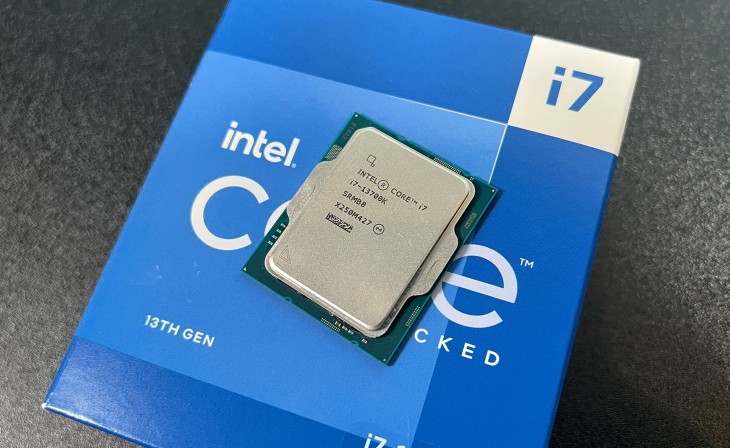Intel 13th gen i7 13700k
A New Leap in Architecture
Intel has a history of introducing groundbreaking architecture with each new generation of processors. It's reasonable to expect that the 13th generation i7 13700K would continue this trend. Rumors suggest that this processor could be based on an advanced architecture, possibly even a refinement of the already powerful Alder Lake architecture.
More Cores and Threads
One of the key trends in recent processor generations has been the proliferation of cores and threads. The 13th gen i7 13700K could follow suit by offering a significant increase in the number of cores and threads compared to its predecessors. This would translate into improved multi-threaded performance, making it a formidable choice for tasks like video editing, 3D rendering, and multitasking.
Impressive Clock Speeds
Clock speeds have always been a vital factor in processor performance. The i7 13700K might boast impressive base and boost clock speeds, ensuring that it can handle demanding single-threaded applications with ease. Overclocking enthusiasts could also find a lot to love with this chip, as Intel may unlock even more potential for manual tuning.
Enhanced Integrated Graphics
Intel has been making strides in improving integrated graphics performance in recent generations. The 13th gen i7 13700K could take this further by providing a more capable integrated GPU, making it a better option for gamers who don't want a dedicated graphics card or for laptops and ultrabooks where discrete GPUs might not be feasible.
DDR5 and PCIe 5.0 Support
To keep up with the latest advancements in memory and storage, the 13th gen i7 13700K might come with support for DDR5 RAM and PCIe 5.0. DDR5 offers faster data transfer rates and improved power efficiency, while PCIe 5.0 significantly boosts data transfer speeds for storage devices and graphics cards.
Advanced Manufacturing Process
The processor's manufacturing process is a crucial aspect of its performance and efficiency. Intel might utilize an advanced process technology for the 13th gen i7 13700K, potentially moving to a smaller nanometer node, which would result in better power efficiency and thermal performance.
Energy Efficiency
Efficiency is becoming increasingly important in the world of processors. The 13th gen i7 13700K could feature advanced power management technology, optimizing performance for tasks while minimizing power consumption during idle periods. This would not only benefit desktop users but also extend battery life for laptops.
Compatibility and Future-Proofing
Intel has often maintained a certain level of backward compatibility with their processors. It's likely that the i7 13700K would be compatible with existing motherboards, albeit with potential BIOS updates. This would be a relief for users looking to upgrade their CPUs without changing their entire system.
Competition in the Market
The processor market is highly competitive, with AMD being a significant rival to Intel. The i7 13700K would undoubtedly be compared to AMD's offerings, and its success would depend not only on its specifications but also its price point. Intel may need to strike a balance between performance and affordability to stay competitive.
Also Check AMD Announces Radeon Pro W7900
Conclusion
While the Intel 13th gen i7 13700K is currently a topic of speculation and rumors, the anticipation is palpable. As technology enthusiasts, we can't help but look forward to the potential improvements and innovations that this processor might bring to the table. Whether it's a leap in architecture, more cores and threads, faster clock speeds, or enhanced integrated graphics, the 13th gen i7 13700K has the potential to shape the future of computing.
However, it's essential to remember that these speculations are based on current trends and industry insights. To get the most accurate and up-to-date information about the Intel 13th gen i7 13700K, we'll have to wait for Intel's official announcements and reviews. Until then, we can continue to dream about the exciting possibilities that the next generation of processors might offer.




